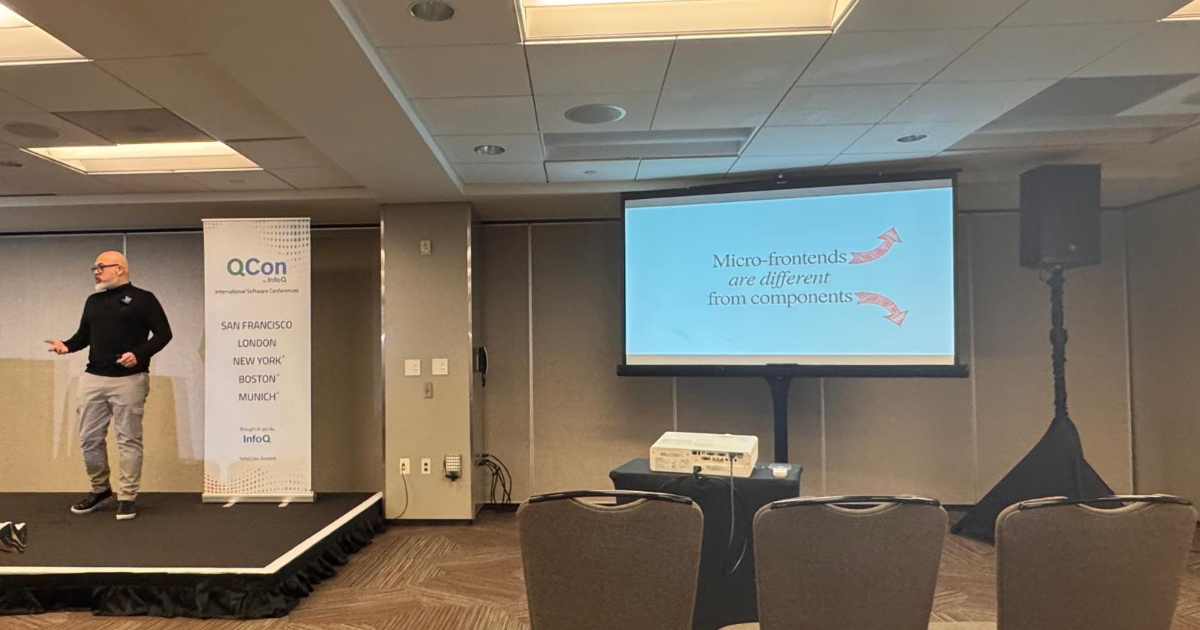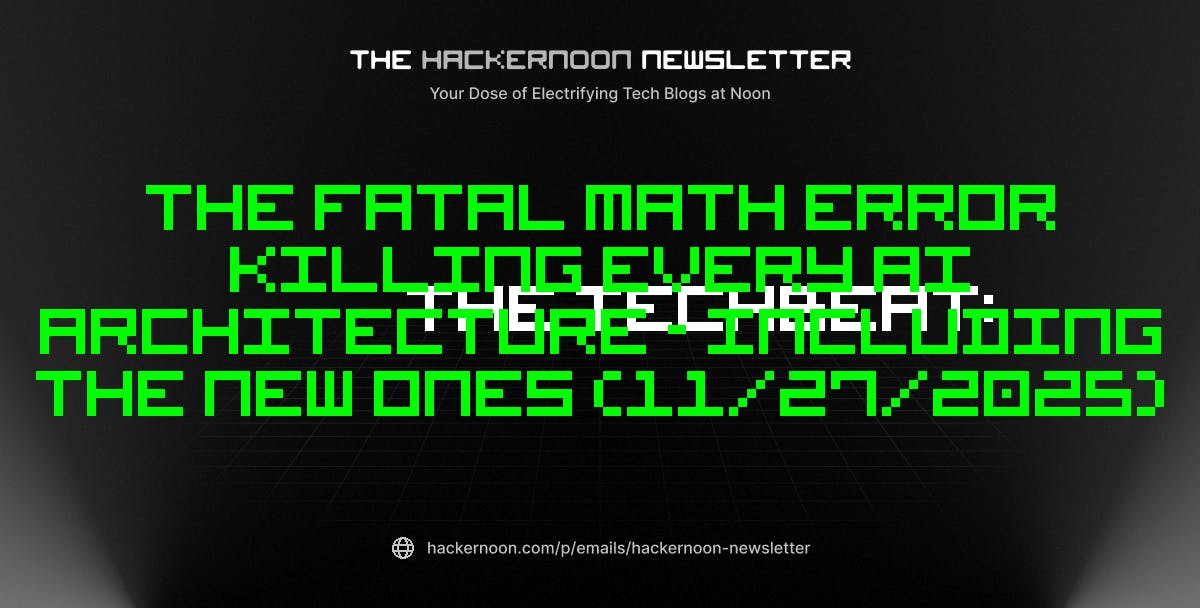Migrating a monolithic front-end to a Micro-Frontend (MF) architecture promises increased agility, team autonomy, and faster time-to-market. However, the path from monolith to a scalable, distributed UI is hard. Luca Mezzalira shared insights at a recent QCon San Francisco talk, emphasizing that successful adoption hinges not just on technology but also on clear architectural intent and cultural shifts.
Mezzalira’s primary message was cautionary: micro-frontends are not a drop-in replacement for a monolith, nor are they just highly complex components. Architectural and design thinking must precede any coding efforts.
A critical distinction Mezzalira drew was between standard UI components and micro-frontends. While components are optimized for reusability and global visual consistency, micro-frontends are self-contained units optimized for independence and minimal external dependencies.
The distinction between organizational design and technical decisions is significant because micro-frontends allow teams to work more independently. This autonomy can speed up development cycles by reducing the need for cross-team collaboration, which often leads to delays. It’s important to pair this shift in engineering culture with careful architectural choices, as these architectural decisions can significantly shape an organization’s structure.
The migration path should prioritize simplicity and rapid end-to-end validation. Mezzalira strongly advocates beginning with vertical splits, which map entire user views or first-level URLs to distinct micro-frontends based on business domains. In addition, delegating the second-level URL to each micro-frontend to handle means each team won’t have any external dependencies and can iterate quickly. In general, Mezzalira points out:
- Avoid Horizontal Splits: Breaking up a single view into multiple MFs adds immediate complexity and should be deferred.
- The Agnostic Shell: A key architectural component is the Application Shell (or UI Composer), which must remain stable and agnostic, handling core responsibilities such as routing, configuration, and orchestration while containing minimal to no business logic.
- End-to-End Pilot: Teams should immediately pilot an end-to-end flow with a single micro-frontend, from design and initial implementation through to deployment, monitoring, and observability, to test the entire workflow early.
Mezzalira also advised that duplication is sometimes preferable to over-abstraction in the early stages. Teams should prioritize developer efficiency and maintainability over minimal code reuse, especially when using similar frameworks or libraries.
Effective communication and state management are make-or-break points for MF architectures. Loose coupling is paramount:
- Communication: Favor event emitters for communication between micro-frontends, as they avoid complex dependencies and enable agility.
- Persistent State: For shared or persistent state (e.g., user profiles, settings), leverage backend APIs or simple browser storage mechanisms like cookies or localStorage, rather than building complex, tightly coupled global state management layers.
The deployment approach is equally vital, as teams should use Content Delivery Networks (CDN) to serve static files, avoiding unnecessary overhead and costs associated with containerization. Furthermore, Mezzalira highlighted the strategic use of Edge Compute to facilitate smooth, phased rollouts, enabling configuration-based traffic routing, selective traffic exposure, and easy, configuration-driven rollbacks, thereby mitigating the risk of major deployments.
Finally, Mezzalira concluded by focusing on growing software rather than just building it. Boundaries should be defined using human-centered methods, such as domain storytelling, to ensure architectural splits align with organizational and business contexts. Automation and AI should be used to enforce architectural fitness functions (e.g., controlling bundle size and dependency updates), allowing the architecture to adapt and be nurtured as business needs evolve continuously.
More details on Micro-Frontends can be found in the InfoQ article “Micro-Frontends: A Sociotechnical Journey Toward a Modern Frontend Architecture.”









